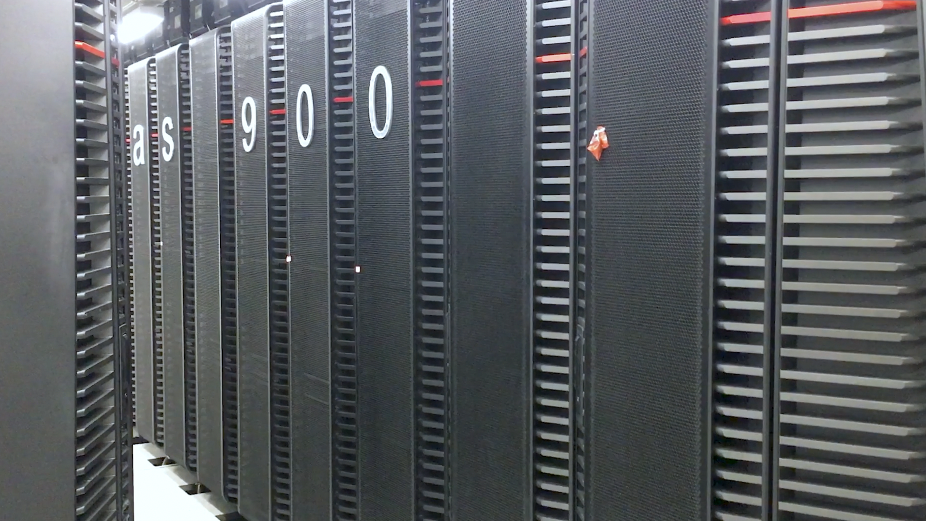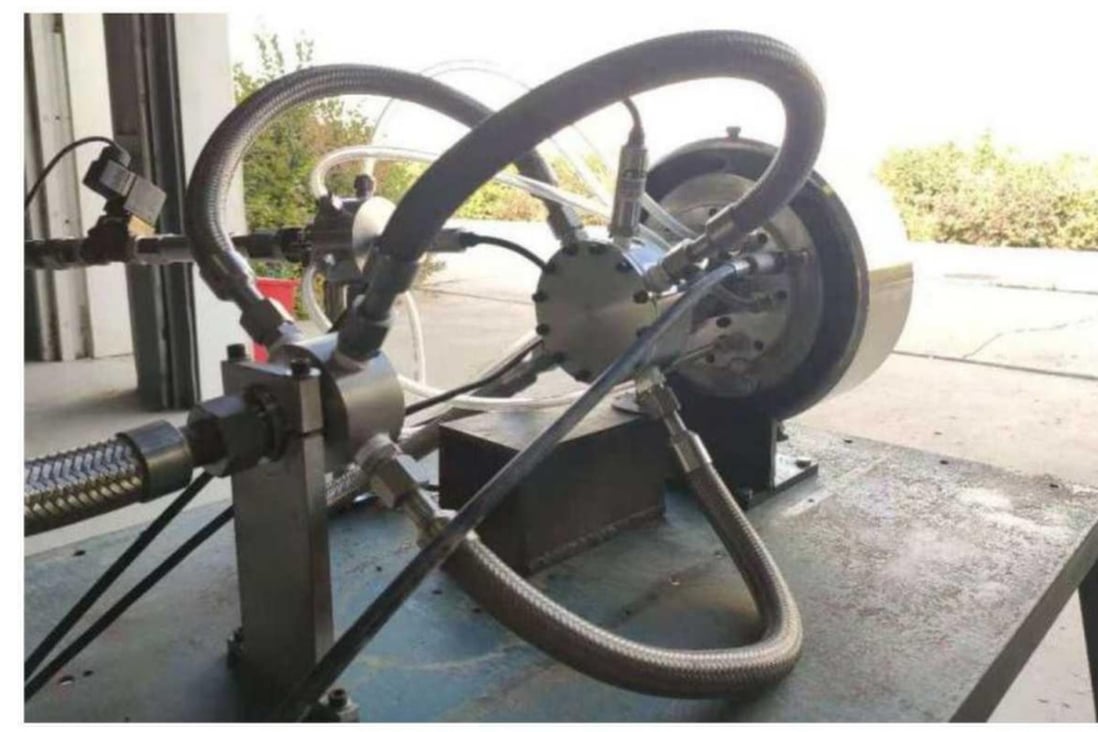Rods from God . Why does SCMP write such bad articles.
You are using an out of date browser. It may not display this or other websites correctly.
You should upgrade or use an alternative browser.
You should upgrade or use an alternative browser.
News on China's scientific and technological development.
- Thread starter Quickie
- Start date
I only sense better 125mm rounds and 30mm rounds for naval CIWSRods from God . Why does SCMP write such bad articles.
More like a subpar lab wants funding.I only sense better 125mm rounds and 30mm rounds for naval CIWS
that's actually amazing. I'm not a medical expert or in biomedical fields but I remember people scoffing at Chinese medical advancements a few years back.
supercat
Colonel
Huawei signed MoUs for 5G technologies both in Turkey and Brazil.
Huawei and Turk TeleKom sign MoU in 5G technologies
Huawei and TIM Brasil signs MoU to make first 5G City
That is odd I thought that they already did that.Huawei signed MoUs for 5G technologies both in Turkey and Brazil.
‘Two sessions’ 2022: self-reliance highlighted as China’s top economic priority amid turbulent geopolitical times
At the opening of the annual on Saturday, Premier Li Keqiang announced new incentives in the nation’s push for innovation and “faster breakthroughs” in core technologies, and highlighted the need for secure industrial and supply chains.
Li said the government would raise the tax rebate for small and medium-sized science and technology firms from 75 to 100 per cent and grant tax breaks for basic research to encourage innovation.
Beijing also plans to develop clusters of strategic industries such as aviation and marine equipment and vowed more support to the Greater Bay Area, Beijing and Shanghai to bolster innovation prowess.
China is estimated to achieve a projected volume of 48.6 zettabytes in data creation, amounting to over 50 trillion gigabytes.
Operated since September 2020, Chengdu Supercomputing Center is one of the 10 most powerful supercomputers in the world. Last year, the center was listed as the tenth National Supercomputing Center in China in 2021. It manages local data in Chengdu and helps process the growing amount of data generated in cities on the east coast.
"The Chengdu Supercomputing Center is a big infrastructure. With this computing power and our industry know-how, we can help innovative industries calculate their data, such as the new energy industry. We've also filled the vacancy of what was a much-needed supercomputing center in this part of China," said Li Jiajia, the director of operating and maintenance at Chengdu Supercomputing Center.
Li added that the supercomputing center really shines in analyzing large amounts of data that requires much precision in sectors, such as biomedical, aerospace and equipment manufacturing.

Huawei's Altas 900 combines thousands of Huawei Ascend 910 AI processors. /CGTN
More centers are being built in Chengdu. "We use Huawei's Atlas 900 AI Cluster with a computing power of 300 petaFLOPS at half-precision," said Wang Zhiguo, the general manager of Chengdu AI Computing Center.
Both centers use homegrown processing technology with different advantages. "Computing power should be seen as a public resource just like electricity and water. It can be used to analyze all kinds of data," Wang added.
Experts say for less time-sensitive data, Chengdu is an ideal option. "For data that isn't time-sensitive and doesn't need to rely much on the internet such as video rendering and long term data analysis, Chengdu is a great option due to our strong computing power and cheap energy prices," said Zeng Liaoyuan, an associate professor from the University of Science and Technology of China.
Over 60 percent of Sichuan's electricity – where Chengdu is located, comes from hydropower, making it more sustainable and cheaper. On top of that, there is a lot of open lands – making it a perfect place to construct data centers, which meet the country's increasing demand for more computing power.
- The continuous rotating detonation engine promises to be more efficient than conventional rocket engines and could help power hypersonic plans
- The technology was first proposed in the 1950s and a team from Tsinghua University is hopeful they have found a way to reduce the engine’s weight
in Beijing Published: 11:00am, 8 Mar, 2022
Updated: 11:59am, 8 Mar, 2022

The prototype engine built by Tsinghua University researchers. Photo: Handout
A research team in Beijing says they have built a new type of rocket engine powered by explosions.
The continuous rotating detonation combustion engine, developed by Professor Wang Bing and colleagues from the school of aerospace engineering in Tsinghua University in Beijing, is driven by explosive shock waves spinning like a tornado faster than the speed of sound.
The idea of an engine powered by explosion was proposed by Soviet scientists as early as the 1950s to launch rockets into orbit.
This type of engine would be more efficient than a normal rocket engine and many prototypes have been built over the years, but most had a cylindrical combustion chamber that made the engine too heavy for real-life applications.
Wang’s team said that they had got around the problem by reducing the cylinder to a disk.
The new layout was previously considered too difficult to build because it required a complete redesign of nearly all components, but tests have proved the technology worked, Wang and his colleagues wrote in a conference paper published on cnki.net, China’s largest online research platform last month.
Fuel burns much more efficiently when detonated, and an explosion-powered rocket could lose 50 per cent fuel compared with normal rocket engines, according to Wang’s team.
A detonation engine could also be an ideal power source for flying at five times the speed of sound or faster in the atmosphere, they said, because the engine can use oxygen from the air to reduce the weight of fuel carried by a rocket.
But the detonations risk damaging components and need to be controlled.
In a traditional detonation engine with the cylinder design, fuel and air was injected into a space between two round walls and ignited.
Explosive shock waves spin the walls around and trigger more explosions.
The cylinder walls allowed the shock waves to develop.
But starting and maintaining the unstable process in the disk was much more challenging due to the limited space, said the researchers.
Their experiment suggested that the key components must follow some extremely strict design requirements. For example, a tiny change in the location and direction of a fuel injector means the engine will not start.
Putting many different components into the tight space was another challenge. The researchers said that they did not even have room for bolts to join some critical parts and instead, they stuck the components together by friction.
In January, Wang’s team conducted the first test flight of their air-breathing continuous rotation detonation engine.
The engine, mounted on top of a two-stage rocket, used a cylinder design, according to photos released by Tsinghua University.
The engine ignited at high altitude and provided additional thrust for the second stage rocket.
In a paper published in 2020, the team said that they planned to combine the denotation technology with a scramjet to power a space plane that can arrive in near-earth orbit at hypersonic speed.
The scramjet, an air-breathing engine that only works at extremely high speeds, would use the high-speed exhaust from the detonation rocket engine to get started earlier and work more efficiently.
It remains unclear how much thrust the disk-shape engine can generate and when it would go for a flight test. The team could not be reached for comment.

China tests hypersonic aircraft Starry Sky-2
China tests hypersonic aircraft Starry Sky-2
Other countries, including Russia, the United States, France, Poland and Japan, have developed numerous detonation engines in recent years but most of their tests were conducted on the ground.In August last year, Japan’s national aerospace agency Jaxa tested a non-breathing detonation engine mounted on a sounding rocket in space.
